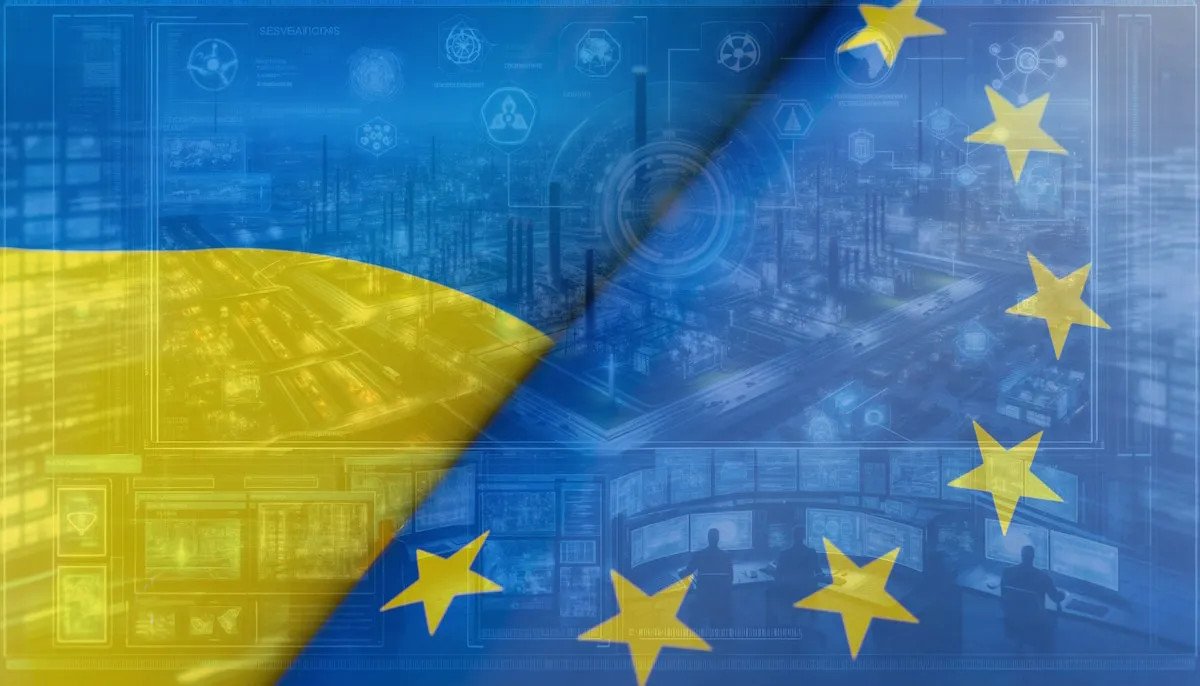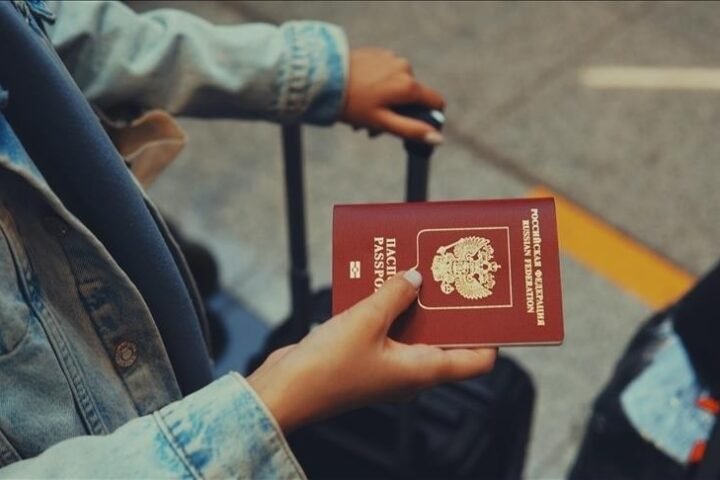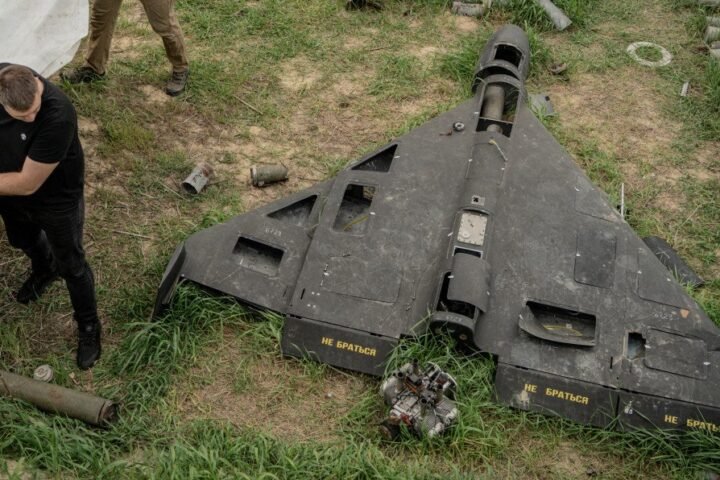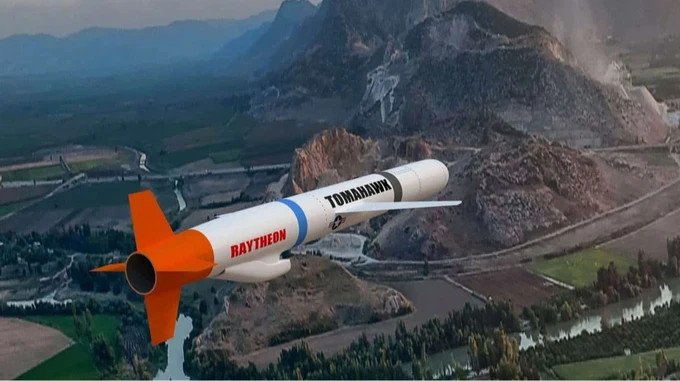Russia’s financial system is sliding deeper into crisis, with banks facing mounting risks of collapse and the state struggling to keep its war machine afloat. Professor Henrik Müller of Dortmund University, writing in Der Spiegel, describes Russia as effectively bankrupt, warning that Western sanctions could yet deliver a decisive blow. Yet instead of tightening restrictions, U.S. President Donald Trump has been pressing Ukraine and European partners toward concessions, despite Moscow’s refusal to agree to a ceasefire.
War footing masks economic fragility
For more than three years since the full-scale invasion of Ukraine, Russia’s economy has been strained by sanctions, falling export revenues and rising inflation. Despite President Vladimir Putin’s self-assured displays of power, the reality is an economy smaller than Italy’s, equal to just a tenth of the EU’s GDP, struggling to sustain prolonged war. Banking risks are escalating, inflation remains high, and oil and gas revenues—the backbone of the budget—are increasingly volatile.
British economist Richard Portes argues that the West need only hold its line to decisively shift the balance in Ukraine’s favor. Still, after a high-profile meeting in Alaska, Trump has softened his stance, prioritizing a quick peace deal even as Putin rejects calls to halt hostilities.
Financial data paints a grim picture
Independent assessments are scarce: cooperation with the IMF and OECD has been frozen, and agencies like Moody’s have withdrawn from Russia. Yet analyses by the Finnish central bank and reporting by Bloomberg show how Moscow forces banks to finance defense industries at unsustainable levels. Official statistics are unreliable, but open data and investigative reports reveal an economy under severe stress, far from the image of resilience projected by Kremlin propaganda.
Temporary stability gives way to renewed crisis
Following sanctions in 2014 and a sharp oil price drop, Russia endured recession and high inflation, but later stabilized through budget discipline and reserve accumulation. By the late 2010s, Moscow had built a financial buffer for war. When the invasion began in 2022, GDP fell but not as steeply as predicted, with war spending and mobilization briefly boosting employment and wages. Exports redirected to China and India helped cushion the blow.
This effect, however, is fading. Inflation is rising again, with the central bank forced to maintain an 18% key rate. Defense industries, financed by state-directed bank loans, are edging toward insolvency. Oil and gas still provide about 30% of the budget, but falling prices threaten revenues. Meanwhile, Russia has recorded its weakest grain harvest in 17 years.
Reserves depleting, budget deficit widening
With foreign creditors gone, the Kremlin relies on domestic borrowing while draining its sovereign wealth fund. Usable reserves are already three-quarters depleted and, according to the Finnish central bank, could run out by year’s end if trends continue. Demographic decline compounds the strain: since the invasion, Russia’s working-age population has shrunk by 2 million, with a sharp rise in emigration and a fall in migrant labor.
Uncertain political consequences
Experts warn that Russia is racing toward a wall: without fundamental change, the state may be forced into money-printing and hyperinflation. Such a crisis could destabilize Putin’s regime, but what comes after is unpredictable. A technocratic leadership might halt the war and restore economic order with Western support, but the risk of chaos, power struggles, or internal conflict looms large in a nuclear-armed state. This uncertainty may help explain why Trump has eased pressure on Moscow despite its growing economic weakness.









